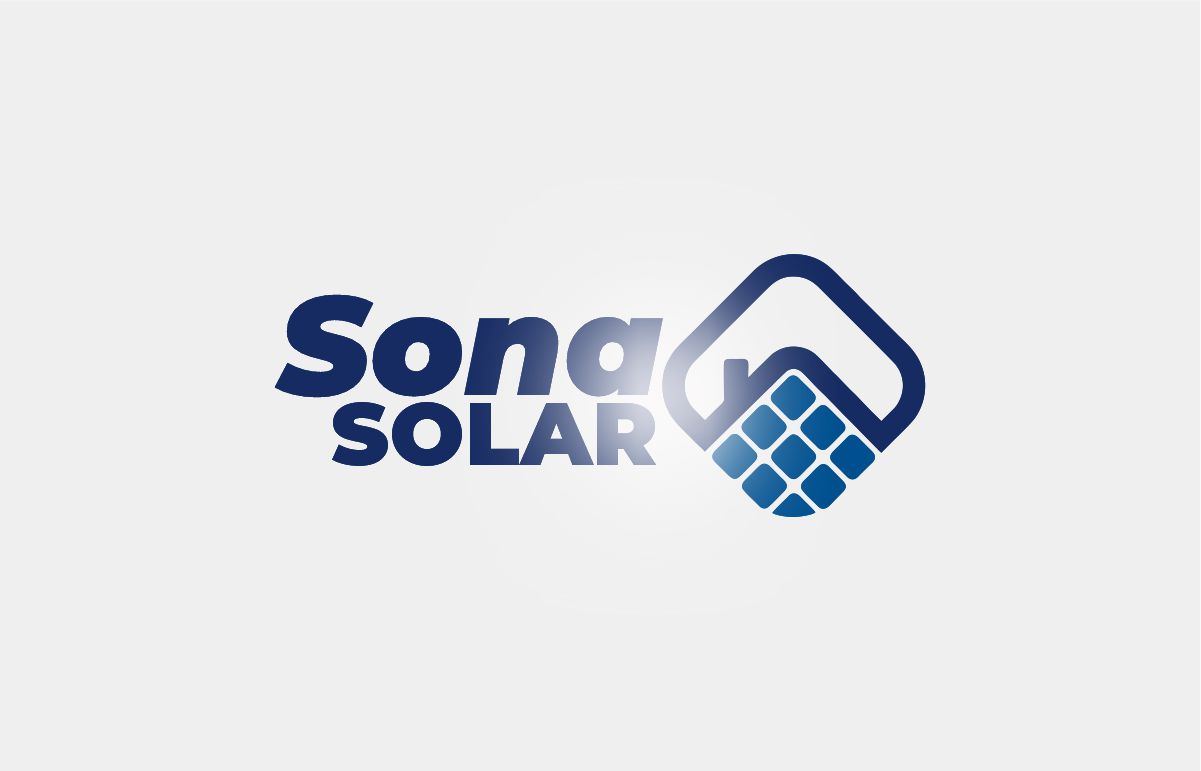When buying a new car, what do you look out for? Leather seats? Engine type? Space? Or maybe even luxury/affordability?
Before installing a solar panel, you need to consider factors like – the cost of the solar panel, its appearance, and energy efficiency. Additionally, the type of solar panel you choose is another determining factor you should consider; it affects how much the installation and manufacturing will cost and how it would fit your rooftop.
We have put together 4 main types of solar panels and how they work; to help you make informed buying decisions, namely: Polycrystalline, Monocrystalline (aka multi-crystalline), Thin Film, Concentrated PV Cell.
Let’s break down the 4 panels and the considerations for each of them.
- Polycrystalline Solar Panels: Polycrystalline is the newest development of solar panels. They are made from fragments of silicon crystals melted together. The cells are black due to the sun’s reflection on the crystals. The sun reflects differently on silicon fragments than it does on pure silicon cells. The back frames of the polycrystalline are silver in color, but it has variations. The cells are square and have no gaps between their corners. Polycrystalline is made of silicon wafers organized in rows and columns to form a rectangle covered with glass sheets and framed together. They are composed of fragments of silicon crystals melted together in a model before cutting them into wafers. Polycrystalline solar panels have a bluish hue due to the reflection of light off the silicon fragments in a cell. A polycrystalline solar panel has different colors for back sheets and frames. These solar panels are often silver, and the back sheets are usually silver or white.
- Monocrystalline Solar Panels: Monocrystalline is the oldest type of solar panel and the most developed. They are made from over 40 monocrystalline cells and pure silicon as well. They are black because of how the sunlight reflects on the pure silicon. The cells are black, but the back sheets and frames come in various designs and colors. These solar panels’ cells are shaped like a square, with the corners removed, and it has small gaps between them. Monocrystalline is made from silicon wafers rows and columns to form a rectangle covered with glass sheets and framed together. Its solar cells are cut from a single, pure crystal of silicon. Monocrystalline solar panels have black cells because of how light reflects on pure silicon crystals. Their cells are black, but they have various back sheets that come in silver or white and metal frames of black or silver.
- Thin Film Solar Panels: Thin-Film solar panels are also a new development in the solar panel industry. They aren’t made from silicon but made from materials like – Cadmium Telluride (CDTE), Amorphous Silicon (a-Si), and Copper Indium Gallium Selenide (CIGS). The a-Si in Thin Film solar panels use non-crystalline silicon and are topped with glass. Thin Film is approximately 350 times thinner than silicon wafers-based solar panels. They can be black or blue, depending on the material they’re made from. Adhesive Thin Film solar panels have thick frames of up to 50 millimeters in thickness and come in blue or black hues, depending on the material.
- Concentrated PV Cell Solar Panel: The Concentrated PV Cell is classified as a third-generation solar panel, yet it has a high performance and efficiency rate. CPV can generate energy like other photovoltaic systems and is part of the multi-junctions solar panels with a high-efficiency rate of up to 41%, of which CPV happens to be the highest so far. Concentrated PV is made by layering 2 or more junctions layered on top of each other to collect energy from multiple portions of the spectrum. A CPV solar panel has curved mirrors, surfaces, lenses, and cooling systems to bundle up sun rays and increase their efficiency. Each one has a solar tracker inside them, which follows the sun to make sure the solar panel is accurately facing the sun at a perfect angle.
Which Solar Panel Is The Best?
So, which solar panel is the best for you? Every solar panel comes with its advantages and disadvantages, and what might be a disadvantage to you, maybe what works for the next user of that solar panel. |
| About - Sona Solar Zimbabwe |
To pick the best solar panel for you, you have to consider the type of housing you live in and the solar panel that can work for that house. For instance:
The polycrystalline solar panel is the best solar panel for you if you live in a residential property with a large space or property. Polycrystalline is more affordable for large spaces and provides efficiency and power.
Your residential property with small spaces can comfortably use a monocrystalline solar panel. Monocrystalline works well for individuals who wish to maximize their energy bills while living in a small space. Polycrystalline and monocrystalline are the best choices for homes and other smaller buildings.
Thin-Film solar panels are never to be used for your home because Thin Film solar panels have a low-efficiency rate. Though Thin Film solar panels may be bad for your home, it’s the best choice for commercial buildings that can’t handle the weight of other heavier solar panels like monocrystalline and polycrystalline. Although Thin Film solar panels are less efficient for residential building rooftops, commercial roofs are more spacious to cover more roofs with solar panels.
Now that you know how various solar panels work, you can use this article to make a more informed decision on the best type of solar panel for you.
Common Questions and Popular Searches
Explore Answers To Frequent Questions And Discover Resources For Your Solar Journey:
1kVA Inverter Load Guide
Load guide for small households.
2kVA System Load Capacity
Powering essentials in medium homes.
3kVA System Panel Count
Understand solar array sizing.
3kVA Inverter Load Guide
Appliance guide for a typical household.
Best 3kVA Inverter Brand
Compare reliability and warranties.
3kVA Appliance Load Guide
Understand simultaneous load capacity.
3kVA Powering Motor Loads
Guidance on handling motor loads.
Choosing the Right Inverter
Matching inverters to your specific load.
Match Panels to Inverter
Tips for optimal system performance.
3.5kVA Inverter Load Guide
Explore residential setup capabilities.
Best Solar Panels Zimbabwe
Analysis of performance and durability.
Solar Companies Zimbabwe
Customer service and reliability.
Best Solar Panel Brands
Guide for home and business solutions.
Solar Installers Zimbabwe
Professional and certified installers.
3kVA System Cost Guide
Get pricing information for Zimbabwe.
5kVA System Cost Guide
Budget requirements for systems.
Contact Our Sales Team:

Sona Solar Zimbabwe
Address:
7 Frank Johnson Avenue, Eastlea, Harare, Zimbabwe.
Call/WhatsApp:
Sales:
+263 78 293 3586
Sales:
+263 78 922 2847
Operations:
+263 78 864 2437
Email:
sonasolarzw@gmail.com
Website:
www.sonasolar.co.zw

Borehole Experts Zimbabwe
Address:
7 Frank Johnson Avenue, Eastlea, Harare, Zimbabwe.
Call/WhatsApp:
Sales:
+263 77 389 8979
Sales:
+263 71 500 3777
Operations:
+263 71 918 7878
Email:
boreholeexpertszw@gmail.com
Website:
www.boreholeexperts.co.zw

Follow Our Social Media Icons
TikTok Pinterest YouTube Telegram WhatsApp